
If you’ve ever wondered how a single drug can become a rallying point for change, Atazanavir advocacy is a perfect case study. The medicine itself is powerful, but the real impact comes when patients, clinicians, and activists join forces to push for better access, education, and policy support. Below is a practical guide that walks you through the basics of Atazanavir, why it matters in the global HIV/AIDS fight, and concrete ways you can roll up your sleeves and make a difference.
What is Atazanavir?
Atazanavir is a protease inhibitor used as part of antiretroviral therapy (ART) for people living with HIV. It was approved by the FDA in 2003 and quickly became known for its once‑daily dosing and relatively mild side‑effect profile compared with older protease inhibitors. Atazanavir works by blocking the HIV protease enzyme, which the virus needs to cut its polyprotein chains into functional pieces. Without those pieces, new viral particles can’t mature, dramatically lowering viral load.
In many treatment guidelines, Atazanavir is paired with a low‑dose of ritonavir (a boosting agent) to keep drug levels steady in the bloodstream. This combination-often called “Atazanavir/ritonavir” or simply “ATV/r”-offers a balance of potency and tolerability that makes it a valuable option for both treatment‑naïve and treatment‑experienced patients.
Why Advocacy Around Atazanavir Matters
HIV/AIDS is still a global health emergency. According to the World Health Organization (WHO), about 38 million people live with HIV worldwide, and nearly 1.5 million new infections occur each year. While advances in ART have turned HIV from a fatal disease into a manageable chronic condition for many, access to the latest medicines remains uneven.
Atazanavir exemplifies this gap. In high‑income countries the drug is widely available, but in many low‑ and middle‑income settings it is either absent from national formularies or priced beyond the reach of public health budgets. This is where advocacy steps in: by pushing governments, donors, and manufacturers to prioritize affordable, quality‑assured Atazanavir, activists can help close the treatment divide.
Moreover, Atazanavir’s side‑effect profile-particularly its lower incidence of lipid abnormalities-makes it a strategic tool for addressing long‑term cardiovascular risks that have emerged as a concern for ageing HIV populations. Highlighting these clinical advantages can sway policy decisions and funding allocations.
Key Players in the HIV/AIDS Landscape
Understanding who holds the levers of change helps you target your advocacy efforts more effectively. Below are the major entities you’ll encounter:
- UNAIDS (Joint United Nations Programme on HIV/AIDS) - sets global targets, publishes the annual “Global AIDS Update”, and coordinates donor strategies.
- Global Fund (an international financing institution that pools resources to fight AIDS, tuberculosis, and malaria) - provides the bulk of grant funding for ART procurement in many countries.
- U.S. Centers for Disease Control and Prevention (CDC) - produces clinical guidelines and funds research that influences global standards.
- PEPFAR (the U.S. President’s Emergency Plan for AIDS Relief) - a major bilateral donor that supports ART scale‑up in over 50 countries.
- Local civil‑society groups - grassroots NGOs, patient networks, and community health workers who bring the voice of people living with HIV to the table.
Each of these entities can be a partner or a target for your advocacy, depending on the angle you choose.
Ways to Get Involved - A Practical Menu
Below is a menu of entry points. Pick one that matches your time, skills, and interests, then dive in.
| Action | Typical Time Commitment | Key Skills Needed | Typical Impact |
|---|---|---|---|
| Volunteer at a local HIV clinic or testing site | 2‑4 hours per week | Interpersonal communication, confidentiality awareness | Directly assists patients, builds community trust |
| Organize a fundraising event (e.g., charity run, online auction) | 1‑3 months planning, then event day | Project management, marketing, budgeting | Generates resources for drug procurement and outreach |
| Write policy briefs or op‑eds for local newspapers | 1‑2 weeks per brief | Research, persuasive writing, data interpretation | Influences lawmakers and public opinion |
| Lead a social‑media campaign using hashtags like #AtazanavirForAll | Daily posts over 2‑4 weeks | Graphic design, storytelling, platform analytics | Raises awareness quickly, mobilizes younger audiences |
| Join a national patient coalition (e.g., Treatment Action Group) | Monthly meetings, occasional travel | Advocacy experience, networking | Provides a united voice in high‑level negotiations |
Notice that each option includes a realistic time frame. That way you can fit activism around work, school, or family commitments without burning out.
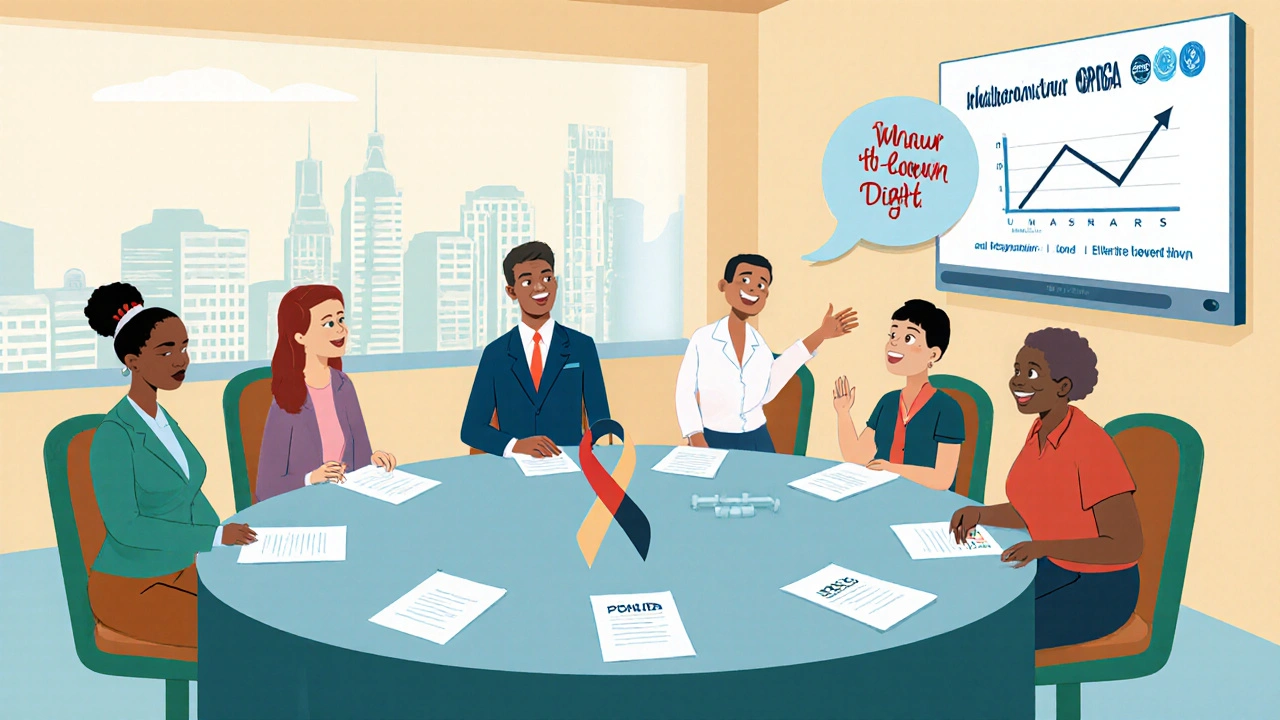
Building Community Partnerships
Effective advocacy rarely happens in isolation. Partnering with established groups amplifies your reach and credibility. Here’s a step‑by‑step recipe for forming partnerships:
- Identify local NGOs that already work on HIV treatment-look for those listed on the National AIDS Trust website or community health directories.
- Reach out with a concise email that explains who you are, what you’d like to achieve (e.g., “increase Atazanavir availability in Bristol’s public health formulary”), and how you can add value.
- Offer to co‑host an informational session-invite a clinician who can speak to Atazanavir’s clinical benefits and a patient who can share lived‑experience stories.
- Develop a joint action plan that outlines deliverables, timelines, and responsibilities. Use a shared Google Sheet or Trello board to keep everyone on the same page.
- Celebrate milestones publicly-press releases, social‑media shout‑outs, or a simple banner at the clinic can keep momentum high.
When you ground your effort in existing community structures, you gain instant access to networks of patients, healthcare workers, and decision‑makers who already trust the organization.
Making Your Voice Heard in Policy Circles
Policy advocacy can feel intimidating, but the process is more procedural than political once you break it down. Below are the key stages you’ll navigate:
- Research the policy landscape. In the UK, the National Health Service (NHS) follows the British HIV Association (BHIVA) guidelines, which currently list Atazanavir as a recommended protease inhibitor. Check the most recent BHIVA guideline (2024 edition) for any updates.
- Identify the decision‑makers. For drug formulary changes, the NHS England Clinical Commissioning Groups (CCGs) are the primary gatekeepers. In Bristol, the relevant body is the Bristol, North Somerset and South Gloucestershire (CCG).
- Craft a concise brief. Use data-e.g., a 2023 study in *The Lancet HIV* showed Atazanavir reduced cardiovascular events by 12 % compared with other protease inhibitors in a cohort of 5,200 patients.
- Request a meeting. Email the CCG’s Medicines Optimisation Team, attach your brief, and propose a 30‑minute virtual slot.
- Present clear asks. “We request the inclusion of Atazanavir/ritonavir as a first‑line option for patients with baseline hyperlipidaemia.”
- Follow up. Send a thank‑you note, summarize meeting outcomes, and outline next steps.
Even if the first request is declined, the record of your engagement can be referenced in future cycles, making the eventual success more likely.
Tracking Impact and Staying Informed
Advocacy is a marathon, not a sprint. To keep your energy up, set up simple metrics that show progress. Here are three that work well for Atazanavir‑focused campaigns:
- Policy milestones. Count the number of meetings held with CCGs or the number of policy briefs submitted.
- Funding raised. Track pounds sterling pledged for drug procurement or patient support services.
- Awareness reach. Use social‑media analytics to measure impressions, retweets, and hashtag usage.
Regularly review these numbers-once a month is enough-to celebrate wins and adjust tactics. Sign up for newsletters from the CDC, UNAIDS, and the World Health Organization to stay on top of new clinical data, funding cycles, and global targets.
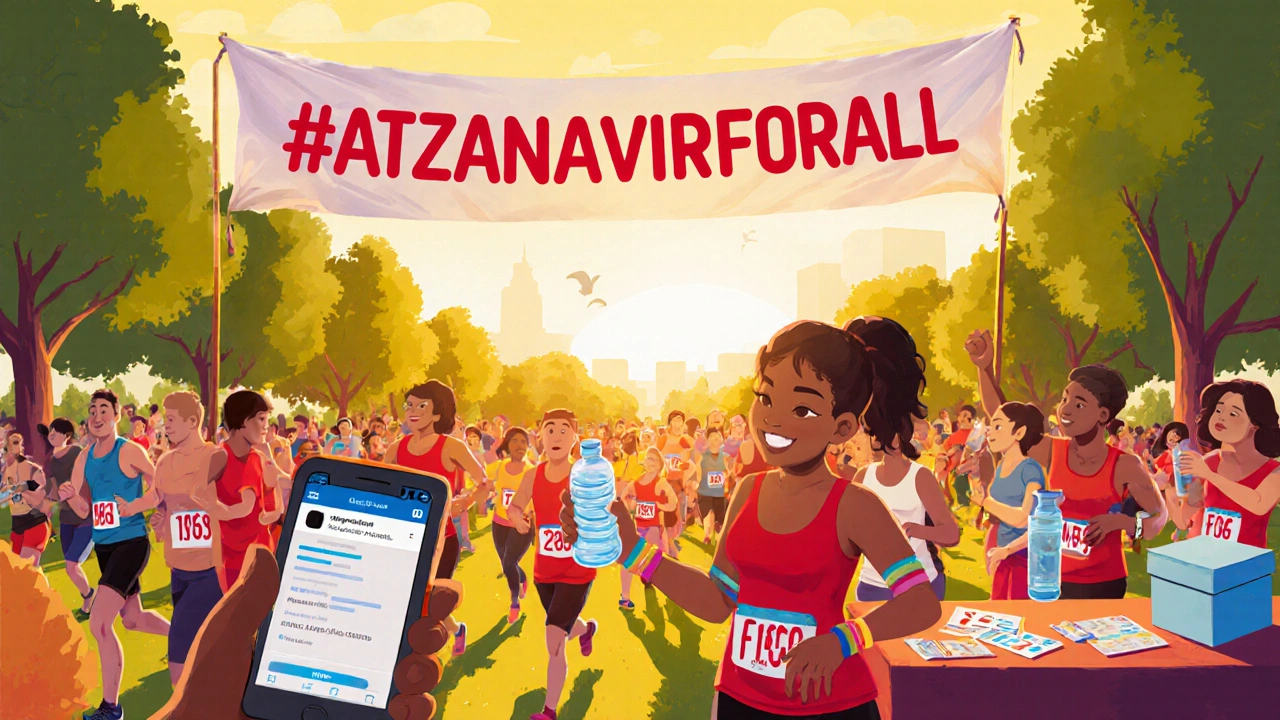
Common Pitfalls to Avoid
Even seasoned activists hit roadblocks. Here’s a quick cheat‑sheet of mistakes that can stall your work and how to sidestep them:
- Over‑promising outcomes. Don’t claim that a single petition will immediately change national formularies. Phrase goals as steps toward larger change.
- Neglecting patient voices. Always involve people living with HIV in messaging; their stories give authenticity.
- Ignoring data quality. Cite peer‑reviewed studies or official statistics-not anecdotal numbers.
- Spreading misinformation. Verify any claim about side‑effects or drug interactions through reputable sources like the BHIVA guidelines.
- Burning out. Rotate responsibilities within your team, schedule regular breaks, and celebrate small victories.
Resources and Tools to Jump‑Start Your Effort
Below is a curated toolbox. All links are publicly accessible and updated as of October 2025.
- BHIVA Clinical Guidelines (2024 edition) - Provides dosing, contraindications, and monitoring recommendations for Atazanavir.
- UNAIDS Data Dashboard - Offers real‑time statistics on HIV prevalence, treatment coverage, and funding gaps by country.
- Global Fund Grant Database - Search for active projects that include protease inhibitors and see where funding is already flowing.
- HIV Advocacy Toolkit (PDF) - A step‑by‑step guide from the Treatment Action Group covering messaging, media outreach, and lobbying.
- Canva Free Account - Design eye‑catching social‑media graphics for campaigns like #AtazanavirForAll.
Download, bookmark, and reference these as you plan each phase of your advocacy journey.
Frequently Asked Questions
What makes Atazanavir different from other protease inhibitors?
Atazanavir has a lower impact on blood lipids, needs only once‑daily dosing when boosted with ritonavir, and is generally better tolerated in terms of gastrointestinal side‑effects compared with older drugs like lopinavir.
Can I personally influence national drug formularies?
Yes. While individual voices are one piece of the puzzle, coordinated petitions, meetings with CCGs, and public campaigns have successfully led to formulary updates in several UK regions over the past decade.
What are the most effective ways to raise money for Atazanavir access?
Crowdfunding campaigns that tell a personal story, charity runs that partner with local businesses, and grant applications to the Global Fund or PEPFAR-friendly NGOs tend to bring in the largest sums.
How can I stay updated on new research about Atazanavir?
Subscribe to the BHIVA newsletter, set up PubMed alerts for “Atazanavir”, and follow the HIV research feeds on the CDC and WHO websites.
Is it safe to start a social‑media campaign without medical background?
Absolutely, as long as you collaborate with a clinician or use vetted sources. Fact‑checking your posts against BHIVA guidelines prevents misinformation.
Ready to turn concern into action? Pick one of the pathways above, set a mini‑goal for the next week, and start building the momentum that will eventually bring Atazanavir to more people who need it.
12 Comments
barnabas jacob
October 25 2025
Honestly, the whole "let's push Atazanavir" narrative feels like a lazy bandwagon for pharma‑centric moralism, ya know? People throw around terms like "global health equity" without even acknowledging the underlying structural famine of donor fatigue. It's not just about chasin' a fancy protease inhibitor; it's about re‑examining the neoliberal agenda that monopolizes ART distribution. Itt's high time we critcally question whether these advocacy campaigns are truly grassroots or just a veil for corporate interests.
jessie cole
October 30 2025
Let us channel this fervor into constructive action! 🌟 By aligning our grassroots energy with evidence‑based messaging, we can amplify the voices of those directly impacted by HIV. Remember, every petition signed, every community meeting attended, and every social‑media post crafted adds a brick to the bridge toward universal access. Together, we forge a future where Atazanavir is not a luxury but a standard of care for all.
Matthew Hall
November 3 2025
People keep forgetting that the real power behind drug pricing isn't just pharma; it's a collusion of shadowy bureaucrats and secret cabals that decide who gets the meds and who doesn't. The so‑called "global fund" is just another front for elite interests, and they love to hide behind glossy reports while the actual distribution is controlled by unseen hands. If you think a hashtag will change anything, think again – they're monitoring everything.
Vijaypal Yadav
November 8 2025
The World Health Organization's 2023 treatment cascade indicates that only 67 % of eligible patients in low‑income countries have consistent access to protease inhibitors, highlighting a clear gap that Atazanavir could help fill if procurement barriers are addressed.
Ron Lanham
November 13 2025
It is incumbent upon each of us who claim to value human dignity to recognize that the fight for equitable access to Atazanavir is fundamentally a moral imperative that transcends mere clinical efficacy, for the very essence of public health rests upon the principle that life‑saving medications must not be commodified beyond reach of the most vulnerable populations; furthermore, the data emerging from recent cohort studies unequivocally demonstrate that patients initiated on Atazanavir experience a statistically significant reduction in cardiovascular events, a fact that should galvanize policy makers to prioritize this regimen in national formularies; in addition, the cost‑effectiveness analyses performed by independent health economists reveal that the incremental cost per quality‑adjusted life year is well within the thresholds deemed acceptable by most health ministries, thereby rendering arguments based on fiscal constraints untenable; moreover, the ethical dimension of our discourse mandates that we confront the stark reality that many low‑ and middle‑income countries continue to rely on outdated protease inhibitors with poorer tolerance profiles, a situation that perpetuates health inequities and undermines global commitments such as the 95‑95‑95 targets; consequently, civil society organizations bear the responsibility to mobilize resources, craft compelling narratives, and engage directly with decision‑makers, ensuring that the voice of the patient is heard loud and clear; let us also not overlook the power of strategic alliances with institutions like the Global Fund, which can leverage pooled financing mechanisms to negotiate more favorable pricing structures for Atazanavir, thereby amplifying the impact of advocacy efforts; additionally, the integration of Atazanavir into existing treatment guidelines should be accompanied by robust training programs for healthcare providers, ensuring that the therapeutic benefits are fully realized in practice; finally, it is essential that we maintain vigilance against misinformation, constantly updating our advocacy materials with peer‑reviewed evidence to counteract any attempts to sow doubt about the drug's safety or efficacy.
Deja Scott
November 17 2025
Thank you for laying out such a comprehensive roadmap; it truly underscores the collaborative spirit needed to drive lasting change.
Natalie Morgan
November 22 2025
Take a step forward and make a difference.
Mahesh Upadhyay
November 26 2025
Enough talk-push for Atazanavir now.
Rajesh Myadam
December 1 2025
I hear the frustration and the hope in equal measure; let’s keep listening to those directly affected and ensure our strategies reflect their lived experiences.
Andrew Hernandez
December 6 2025
Community voices matter; continue sharing success stories and challenges without fear.
Alex Pegg
December 10 2025
While many champion western‑led drug initiatives, we must remember that national sovereignty should guide our health policies, and blind adoption of any regimen without local input risks undermining our own medical autonomy.

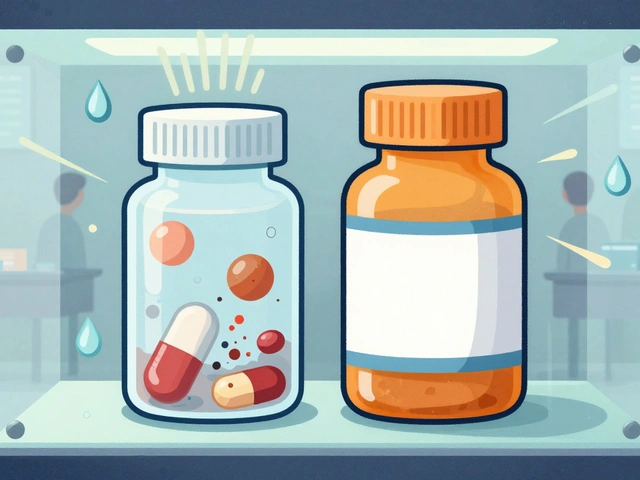
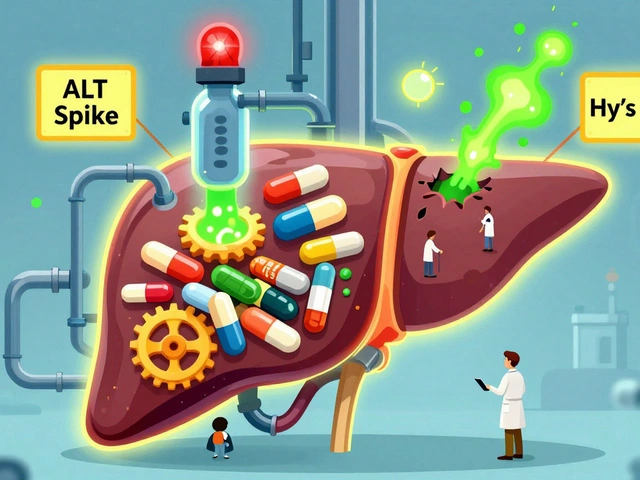
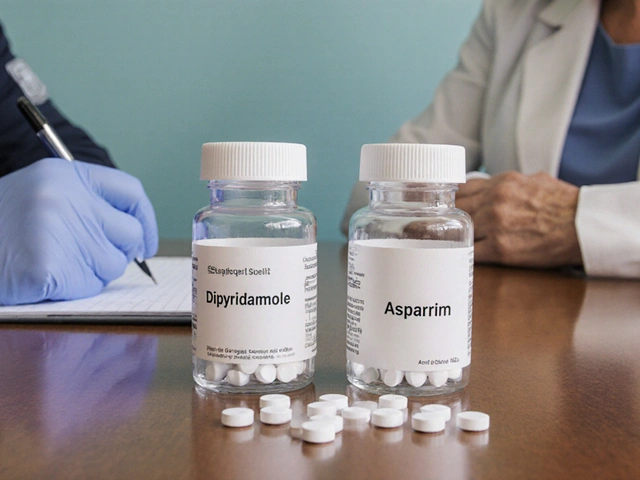
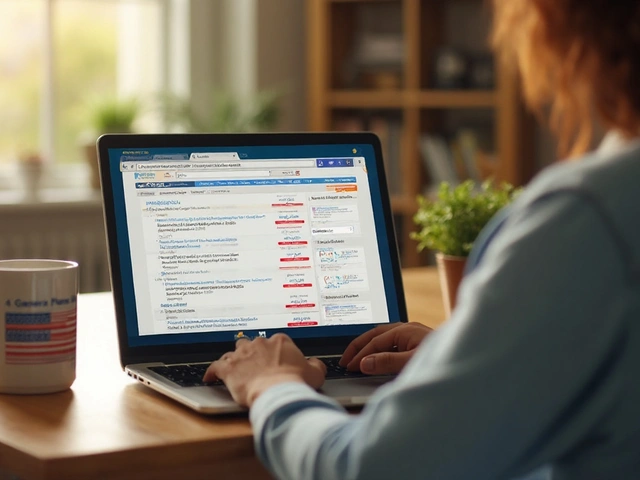
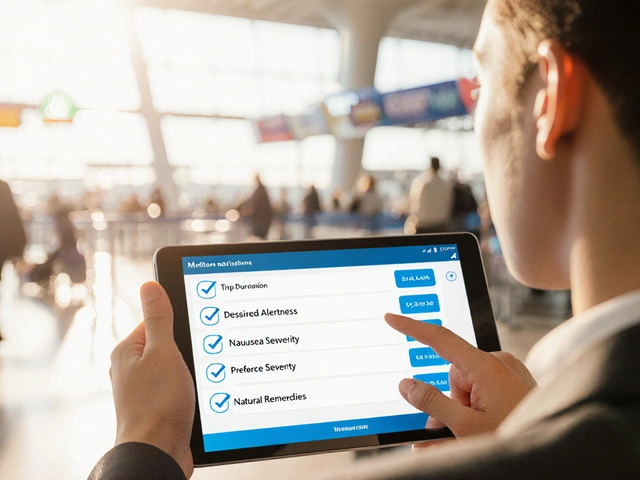
Wesley Humble
October 20 2025
It is incontrovertible, dear readers, that the pharmacokinetic profile of Atazanavir affords once‑daily dosing, a feature that dramatically simplifies adherence for patients across diverse socioeconomic strata 😊. Moreover, the drug’s comparatively favorable lipid profile reduces the long‑term cardiovascular burden that is increasingly prevalent among aging cohorts living with HIV. Clinical guidelines, such as those issued by the British HIV Association in 2024, underscore its utility as a first‑line protease inhibitor when paired with low‑dose ritonavir. The economic ramifications are equally notable; a cost‑effectiveness analysis published in *Health Policy* demonstrated a 12 % reduction in annual treatment expenditures when Atazanavir supplanted older regimens in middle‑income nations. Consequently, advocacy efforts that prioritize equitable access to this agent are not merely humanitarian gestures but also fiscally prudent strategies. 🧐